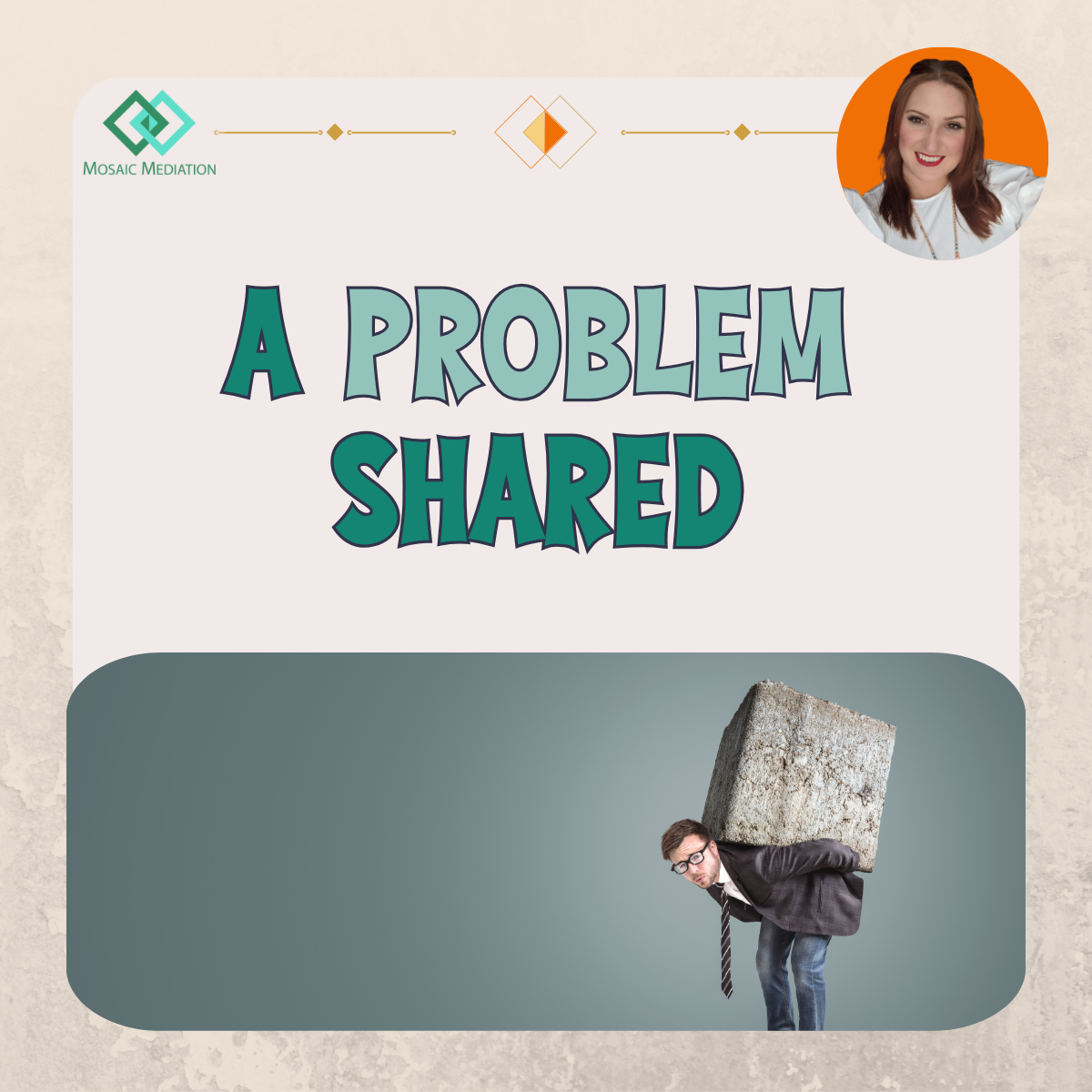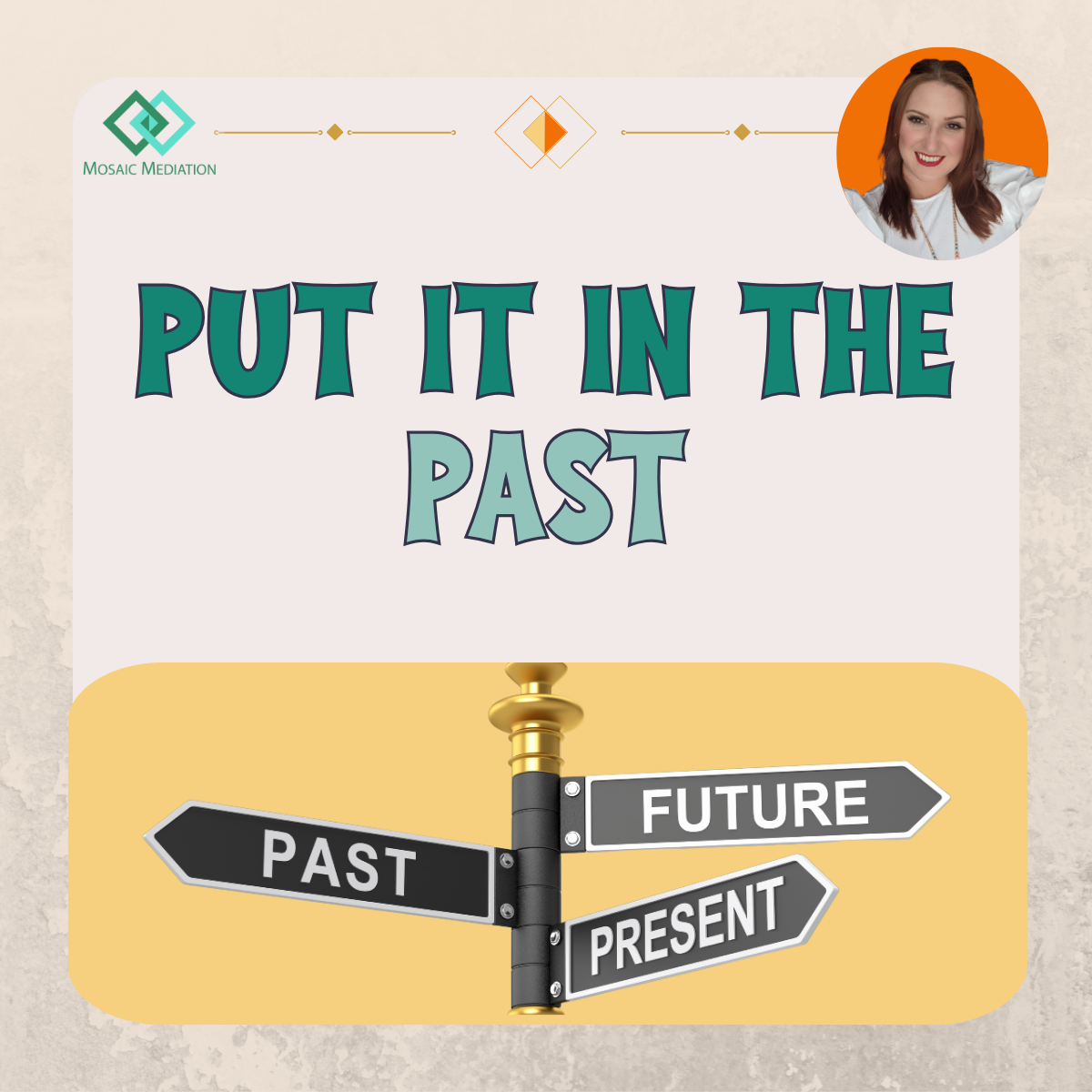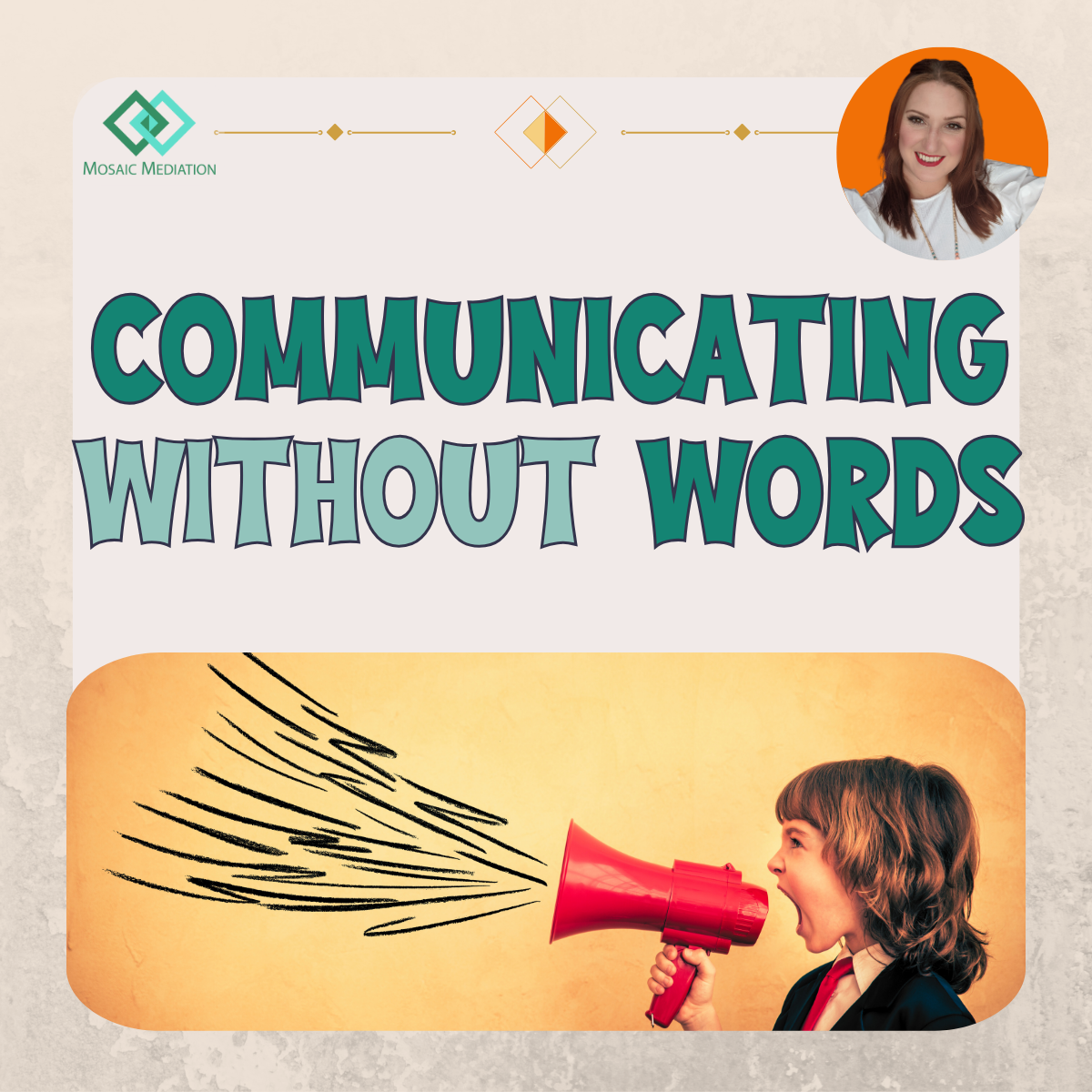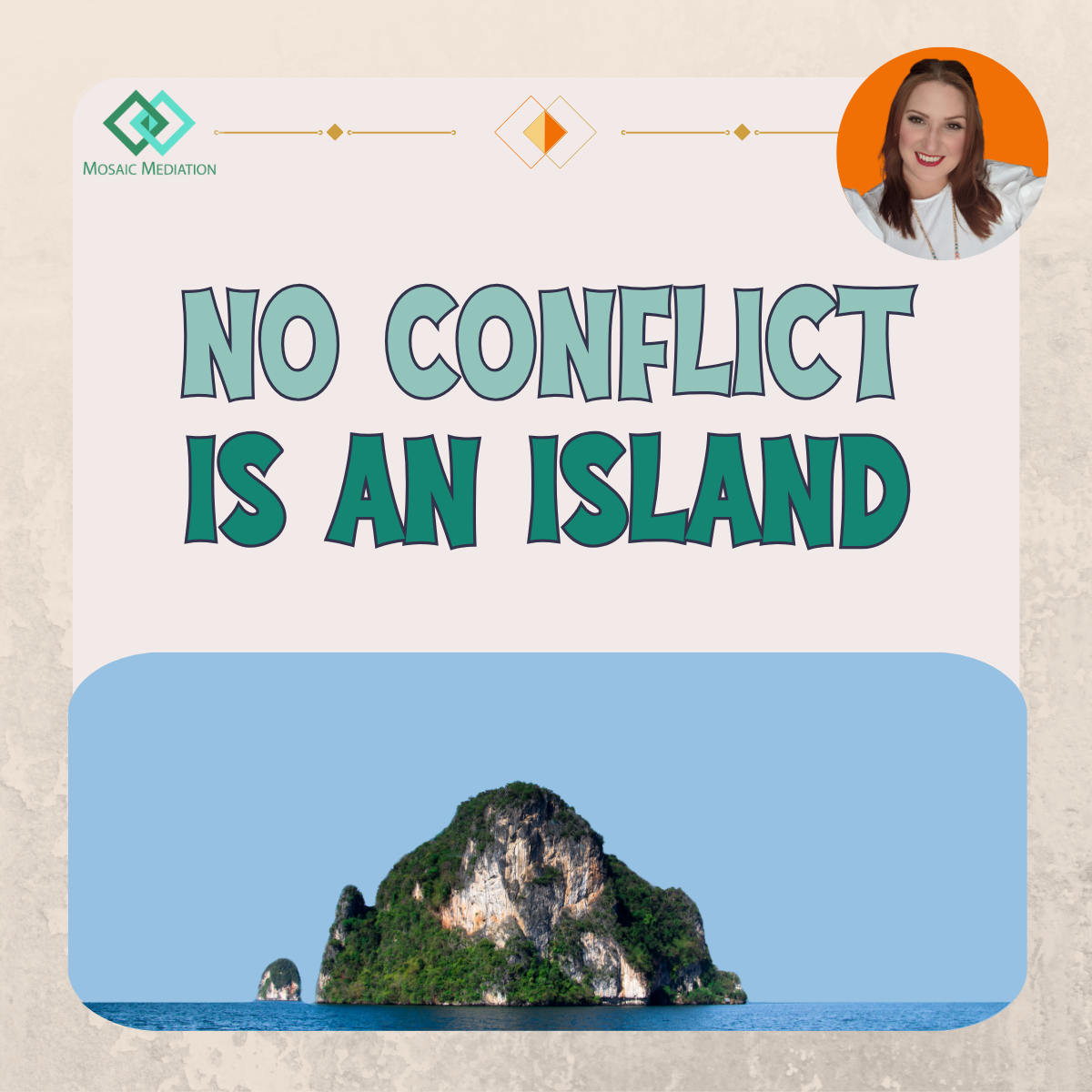There's Power in Prevention
Often by the point I get brought into a situation, the conflict has already occurred – there has already been a falling out, someone has been off work with stress, or productivity levels have already been badly affected by organisational changes or disputes. The process of mediation at this point can still have a positive impact on the situation and help the parties to the dispute move forward. I am also very aware that so many situations could be avoided if addressed before it becomes a problem .
The reason I wanted to become a mediator was because I saw the consequences of unresolved conflict while working at the Employment Tribunal, when I would read the cases and feel confident that it didn’t need to have got to the tribunal. Surely, the situation would have been resolved earlier if someone could have helped them through it. Conflict can cause tremendous emotional stress, sleepless nights, performance issues and can have a bearing on a person’s physical or mental wellbeing . It will also have an impact on the organisation – taking up management time, productivity levels dropping, stress spilling over to employee or client relations and the cost of employing new staff or to fund representation for an employment tribunal , if it gets to that. So, ideally it is better to avoid having conflict in the first place, which then would avoid the cost of conflict.
Conflict is unfortunately never totally avoidable , due to people having different ways of communicating, levels of emotional intelligence and ability to work through issues. Yet if some elements are present, it will reduce the likelihood of unnecessary conflict or conflict that is more drawn out than necessary. The three main elements that will influence conflict arising or being diffused are: skills, relationships and the culture.
1. Skills
· Communication skills – how well a person can communicate with different personalities and in different situations is clearly going to be a major factor in whether conflict arises or whether minor issues can be worked through without conflict.
· Emotional intelligence – some people are very reflective, self-aware and sensitive to what is going on with other people. Other people don’t realise the effect of their actions on other people or cannot read other people’s body language. Those with less emotional intelligence are more likely to fail to spot the behaviours, wording or changes that start conflict with different individuals.
· Empathy – to communicate effectively with others, you need to attempt to understand their perspective as much as you can. To do that requires empathy, which is the ability to put yourself in ‘their shoes’ and understand why they might act as they do – which is different to knowing what you would do in their situation!
· Patience – working with different personalities and in pressured situations can be difficult, and under those conditions it is harder to communicate positively and effectively. The more patient a person can be under such conditions, it makes it less probable for conflict to occur.
· Graciousness – this is a word that is rarely used in a working environment but in my role as a mediator, I find that conflict occurs most often when individuals struggle to be gracious with each other. If people proactively choose to be gracious when they might otherwise have the excuse to get angry, it reduces the potential for unnecessary conflict.
2. Relationships
· History – what has occurred between the individuals? If there has been previous conflict, knowing what triggered it and how the conflict ended (if it in fact did ‘end’) will help to predict what may trigger future conflict in future.
· Unresolved issues – just as it is helpful to know the relationship history, if the conflict technically ‘ended’ but without resolving whatever triggered the conflict, it is likely that conflict will happen again – whether it’s due to the same issue or another issue which just triggers previous feelings.
· Nature of relationship – some colleagues feel able to provide honest feedback to each other when issues crop up and the process is uncomplicated. Other relationships are not so simple, or people are not comfortable with that kind of honesty. If the latter is the case, when an issue does come up it may be difficult for those individuals to work through it effectively without conflict of some sort.
3. Culture of workplace
· Stress levels – if a working environment involves a lot of time pressure or high performance-related targets, it is the breeding ground for conflict - especially if stress levels are ignored, rather than acknowledged, supported and managed.
· Change – most people struggle with change, which is why so many organisations have a department dedicated to change management. Change means learning new processes or working with new people or being in a new environment, all of which takes people out of their comfort zone. Anyone whose emotions are heightened are likely to have heightened reactions to triggers which they wouldn’t normally have.
· Feedback – if there is a culture of providing constructive feedback to both management and employees, individuals are less likely to respond negatively to constructive feedback but instead use it to make improvements.
· Awareness of trends – if organisations take note of what trends occurring and what triggers different responses from management and employees, they will be more prepared to either handle those triggers differently or how to manage the response.
· Effective management – leadership that offers support but also doesn’t shy away from making difficult choices or have difficult conversations with employees – by equipping management with the tools to do so - means that it is more probable they will be able to nip smaller issues in the bud before they become big issues. Management that provides clear expectations of what is acceptable or required make it less likely to have to deal with unacceptable behaviours that tend to arise due to ambiguous direction.
Having all the above elements in place would be difficult for any organisation, and even then it does not guarantee a conflict-free workplace. What it does do, however, is reduce the potential for unnecessary conflict, and when conflict does happen, having the necessary structures and the environment is in place will enable the organisation to manage a way through the conflict effectively and expediently.
“Peace is not the absence of conflict but the presence of creative alternatives for responding to conflict -- alternatives to passive or aggressive responses, alternatives to violence.” ― Dorothy Thompson
At Mosaic Mediation, we offer a service that acts like a ‘conflict health check’ for organisations - a Conflict Prevention Assessment – which seeks to assess all the above elements and help organisations address any ‘red flags’ before they develop into conflict. Conflict tangibly costs time, energy, increases staff turnover rates, negatively effects productivity levels and it impacts staff morale and team dynamics. If it can be prevented, it is better for everyone.
If you would like to know about this service, or about the communication training that we offer, or if there is a situation which may benefit from mediation, please get in contact. You can do so by emailing emma.jenkings@mosaicmediation.co.uk or get in touch through the Contact page on our website.











